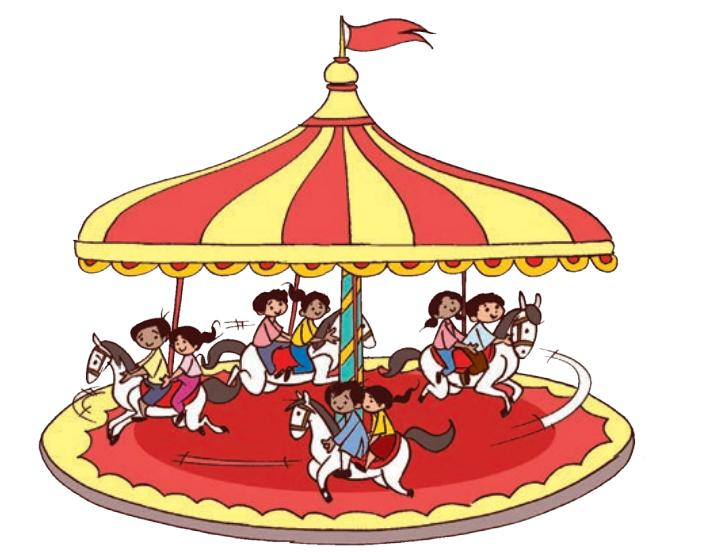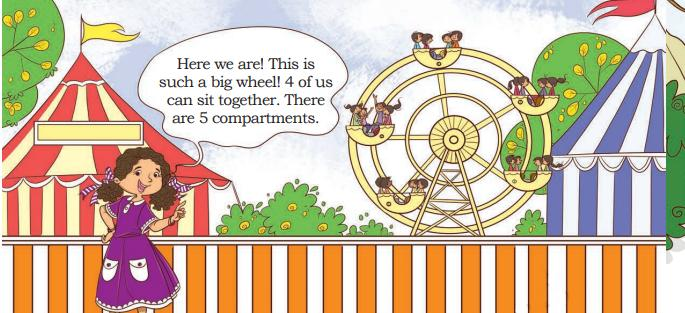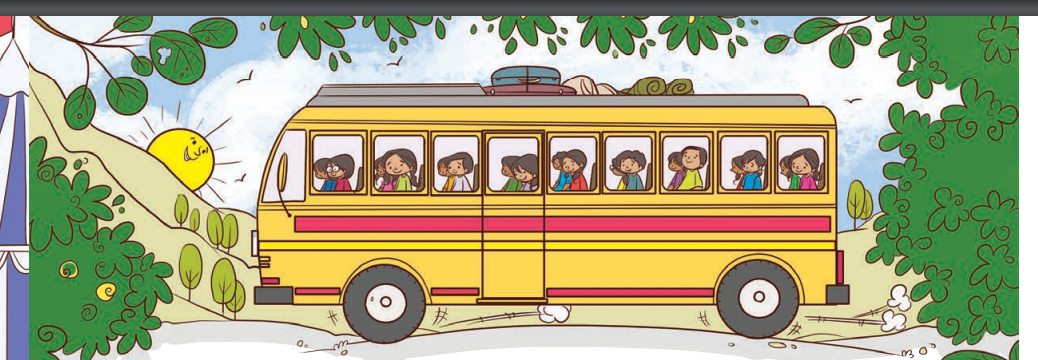How Many Times? - Exercise-wise Questions and Answers For Class 1 Maths - Free PDF Download
FAQs on NCERT Solutions For Class 1 Maths Chapter 11 How Many Times? - 2025-26
1. What is the main concept taught in Chapter 11 - "How Many Times?"
This chapter teaches kids the basics of multiplication by showing how objects can be grouped and counted multiple times.
2. How does this chapter help kids understand multiplication?
It introduces multiplication through simple and fun examples, helping kids see how repeated addition works as multiplication.
3. What activities are included in NCERT Solutions for Class 1 Maths Ch 11?
The chapter includes counting activities where kids group objects and find out "How Many Times?" they appear, reinforcing the multiplication concept.
4. Why is learning multiplication important for Class 1 students?
Understanding multiplication at an early stage helps build a strong foundation for more advanced maths concepts they will learn in later grades.
5. Are there any visual aids used in Class 1 Maths Chapter 11?
Yes, the chapter uses pictures and diagrams to help kids visualise and understand multiplication in a fun and engaging way.
6. How do the NCERT Solutions for chapter 11 Maths by Vedantu support learning?
The NCERT Solutions provided by Vedantu for Class 1 Maths are clear, step-by-step explanations that make it easier for kids to understand and solve multiplication problems and it is completely FREE.
7. What are the key skills developed through How Many Times? Multiplication?
Kids develop counting, grouping, and basic multiplication skills, which are essential for their future maths education
8. What type of problems are included in the chapter?
The problems are simple multiplication exercises that involve counting objects in groups and determining how many times a group appears.
9. How does this chapter prepare students for future maths topics?
By mastering the basics of multiplication, students are better prepared to tackle more complex mathematical operations in higher grades.
10. How can kids apply what they learn from chapter How Many Times? to real-life situations?
Kids can use multiplication in everyday activities, like counting toys in groups or sharing items equally, making the concept practical and relatable.



























